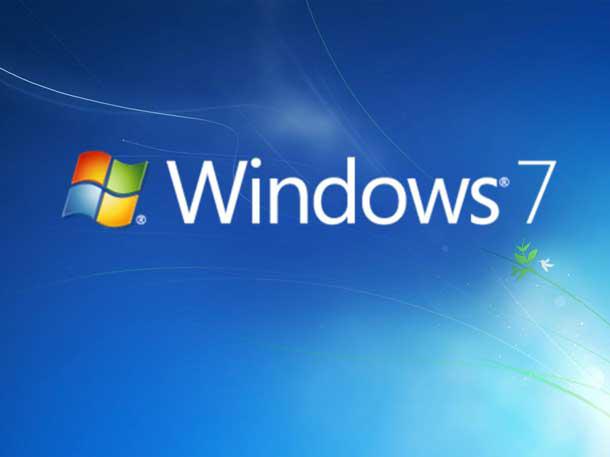Google releases security updates for Android owners with millions warned over ‘critical’ flaws putting phones at risk
Millions of Android owners are being urged to update their devices to fix security flaws making their phones vulnerable to hackers.
Google this week released its March security updates, revealing 60 flaws including critical-level vulnerabilities that need to be addressed.
WATCH THE VIDEO ABOVE: Flip phones making a return with a modern twist.
Watch the latest News on Channel 7 or stream for free on 7plus >>
The flaws are fixed by two security patches, 2023-03-01 and 2023-03-05, that can be downloaded by updating the device.
The first patch fixes core Android components like framework, system and Google Play, while the second deals with fixes for third-party vendor components from MediaTek, Unisoc and Qualcomm.
“The most severe of these issues is a critical security vulnerability in the system component that could lead to remote code execution with no additional execution privileges needed,” Android says in its latest security bulletin.
“User interaction is not needed for exploitation.”
Google chooses to withhold additional information on the two critical-level security flaws affecting the Android system, tracked as CVE-2023-20951 and CVE-2023-20954, to prevent hackers from exploiting devices before the owners have the chance to apply the updates, Bleeping Computer reports.
Two other critical severity vulnerabilities, tracked as CVE-2022-33213 and CVE-2022-33256, have been identified on closed-source Qualcomm components, while all other flaws are high-severity vulnerabilities.
To update your device, head to settings and system update or select security and privacy and then choose security update.
“We encourage all users to update to the latest version of Android where possible,” Android said.
To learn if a device is updated to the necessary security patch level, visit here.



 2
2
